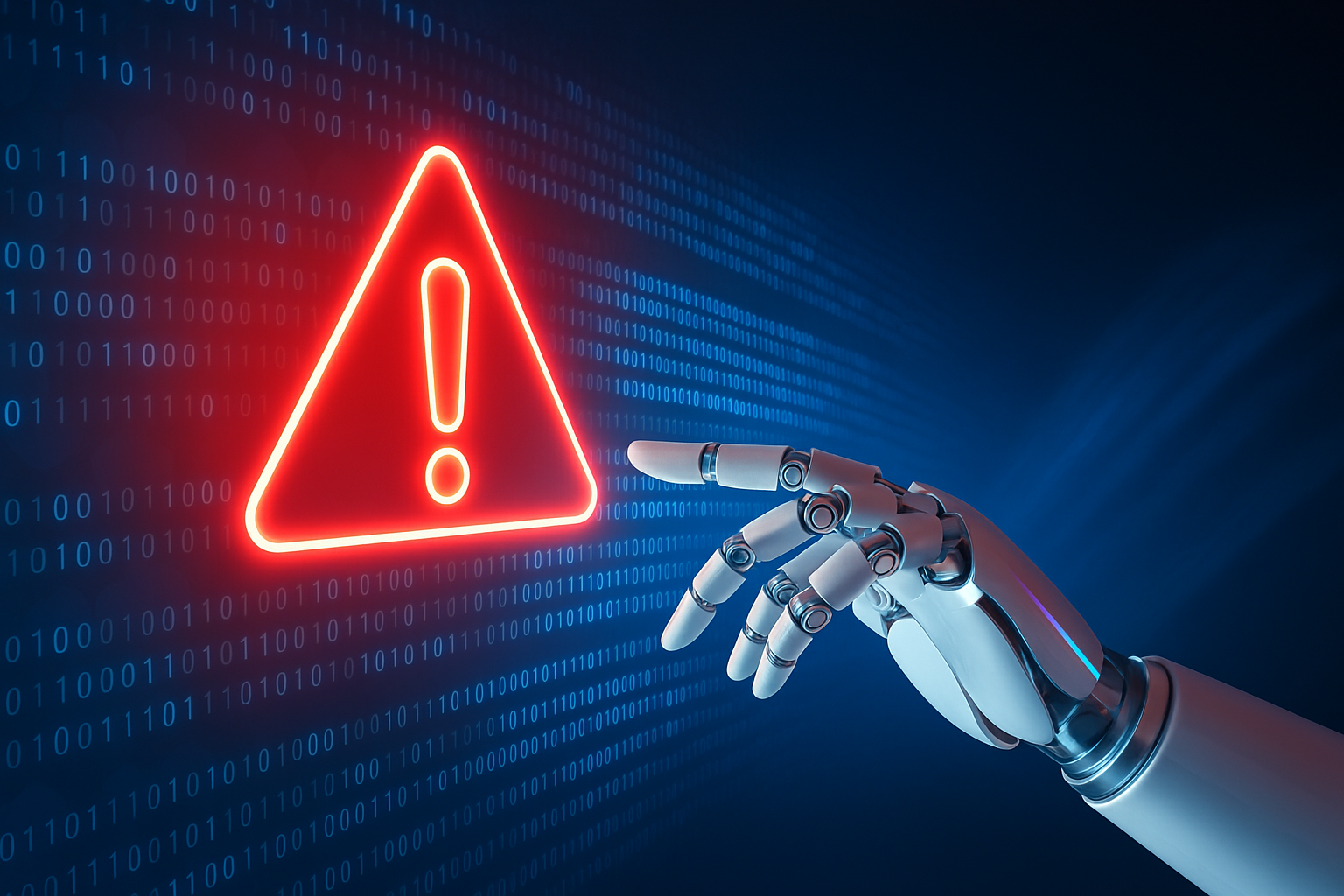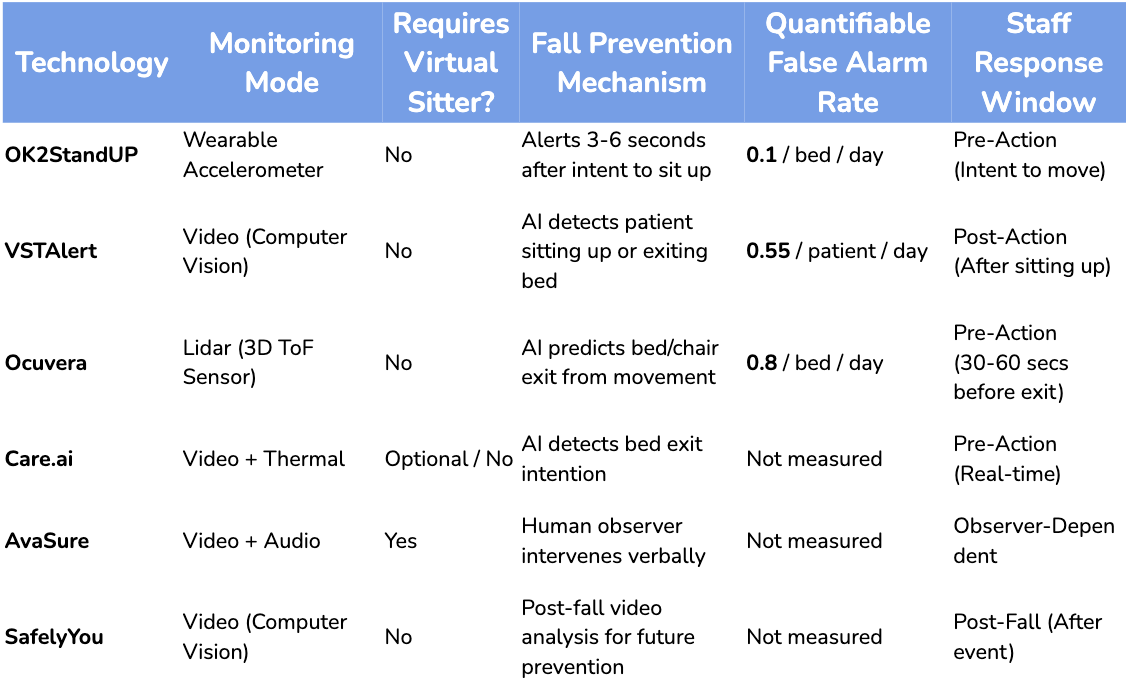
Reducing Nuisance Alarms: Evaluating the Next Generation of AI Fall Prevention


Patient falls in hospitals are a persistent and costly problem, posing significant risks to patient safety and placing a heavy burden on clinical staff. For years, the standard tools—basic bed alarms and costly one-to-one sitters—have been largely reactive. Today, however, a new generation of technology aims to shift the paradigm from reaction to proactive prevention. As hospitals look to invest in these advanced solutions, understanding the fundamental differences between them is critical.

These new fall prevention systems can be grouped into a few key categories, each with a unique approach to monitoring patients. Some use remote human observers, while others rely on fully automated artificial intelligence. A close look at their operational models reveals a landscape of competing philosophies and important trade-offs for clinical leaders to consider.
An Overview of Modern Fall Prevention Approaches
The current market for fall prevention technology includes several distinct approaches:
● Telesitting Systems: These platforms, like AvaSure, use trained technicians to monitor multiple patients remotely via video and audio. This "virtual sitter" model makes human observation more efficient, allowing a single person to watch over many high-risk patients.
● Ambient Sensor Systems: This popular category uses contact-free sensors installed in a patient's room. Companies like Ocuvera (using Lidar), VST Alert (using computer vision), and Care.ai (using a mix of sensors) employ AI to analyze patient movements and predict a potential bed exit.
● Wearable Sensor Systems: Represented by technologies like OK2StandUP, this approach places a sensor directly on the patient. An accelerometer measures the patient's movements and changes in posture to detect the very first signs of a bed exit.
● Post-Fall Analysis Systems: Some technologies, such as SafelyYou, focus on fall detection. They use AI-powered video to identify when a fall has occurred and provide a recording for root-cause analysis, helping to prevent future falls for that patient.
Comparative Data on Leading Systems
To understand the practical differences, it is helpful to compare these systems on key metrics.The following table summarizes available data on their monitoring technology, how they prevent falls, and their performance regarding alarms and alert timing.

Interested in the specifics behind these numbers?
Key Considerations for Clinical Leaders
The data reveals a central trade-off facing hospitals. On one hand, ambient, contact-free systems offer an experience that is seamless for the patient. There are no devices to attach or manage. However, this convenience comes at a cost: a higher rate of false alarms. Published data shows rates of 0.55 and 0.8 false alarms per day for VST Alert and Ocuvera, respectively. For a busy 30-bed hospital unit, this can mean between 17 and 24 non-actionable alarms every day, which can significantly contribute to alarm fatigue among nursing staff.
On the otherhand, the wearable sensor approach reports a much lower false alarm rate of 0.1 per day. This substantial reduction is likely due to its method of directly measuring patient movement rather than interpreting it remotely. This improvement in accuracy, however, must be weighed against the logistical requirements of a wearable device, including patient application, removal, and cleaning protocols, as well as patient acceptance.
The timing of the alert is also crucial. The most effective systems are proactive, alerting staff based on a patient's intent to move, rather than reacting after the patient has already sat up or left the bed. This gives caregivers a more meaningful window to intervene safely.
Ultimately, the choice of technology is not just about features but about strategy. Healthcare organizations must decide which set of compromises best aligns with their operational goals, staffing models, and patient safety initiatives.
Ready to discuss how to reduce alarm fatigue and prevent falls at your facility?
Related Blogs

Transform care through knowledge! Subscribe to our blog and keep up to date with advances in senior care.
We're committed to your privacy. OK2StandUP uses the information you provide to us to contact you about our relevant content, products, and services. You may unsubscribe from these communications at any time. For more information, check out our privacy policy.




